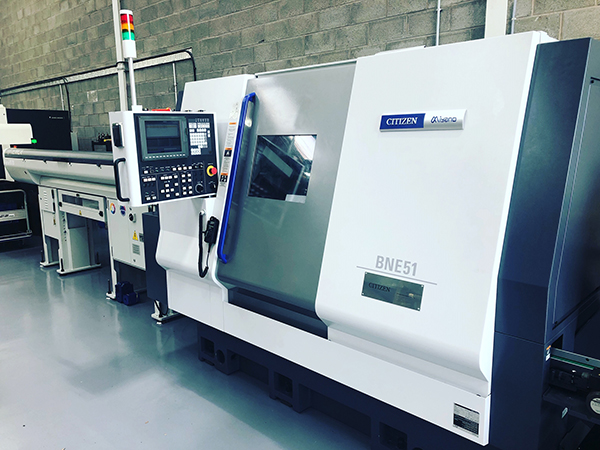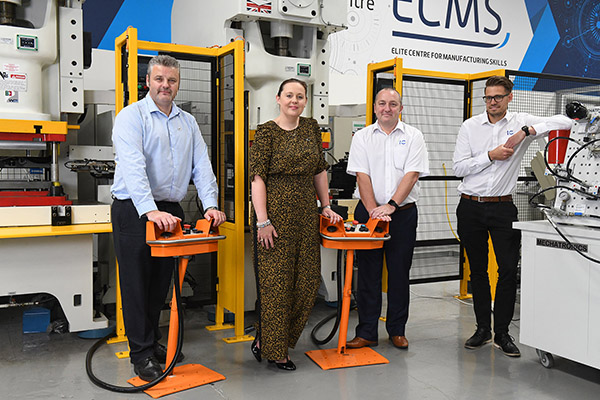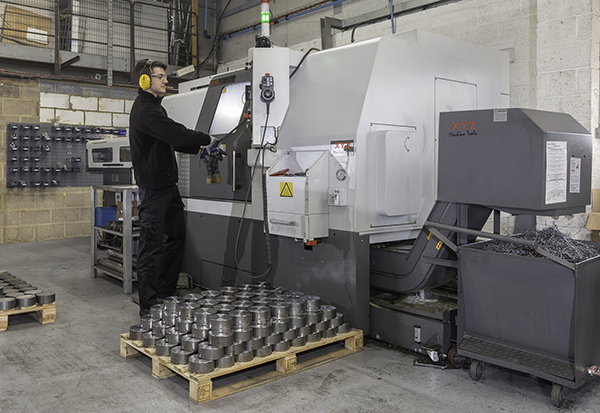The purchase of a CNC turning centre by GWR Fasteners, a manufacturer of special fasteners and precision components, has been funded by Close Brothers Asset Finance. Having recently moved into new premises in Oswestry after outgrowing its former location, the new machine will enable GWR Fasteners to both ramp up production and offer new products.

“Here at Close Brothers, we’ve been partnering with GWR Fasteners since they established their firm over a decade ago,” says Simon Parker, regional sales manager for Close Brothers Asset Finance – Manufacturing Division. “We funded their very first CNC machine and we’re delighted that they selected us as their funding partner for the Miyano BNE-51SY6 eight-axis CNC turning centre with bar feed. Despite the considerable cost of the machine, the bespoke finance package we compiled will have a negligible impact on GWR Fasteners’ cash flow, which is always a key consideration in this type of deal.”
Jude Robinson, who founded GWR Fasteners with her partner, Gary, adds: “The purchase of the new CNC machine is a strong statement of our ambitions and it wasn’t a decision we took lightly. Having worked with Close Brothers Asset Finance since we started out, we were able to negotiate a deal that worked for both firms, and we’re delighted with the outcome.”
For further information www.closeassetfinance.co.uk























